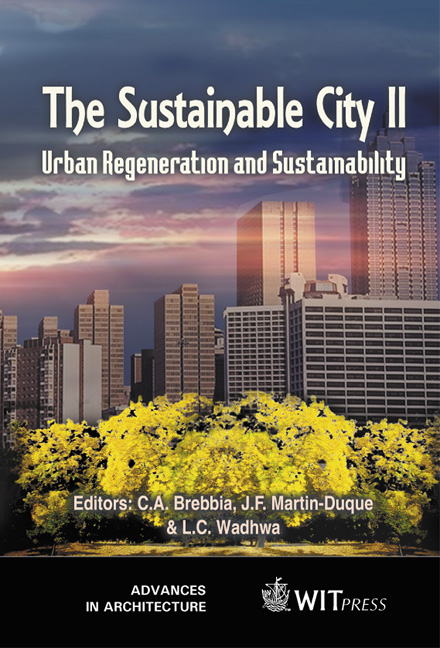A Comparative Study On Urban Land Use Planning System Between China And Taiwan
Price
Free (open access)
Transaction
Volume
54
Pages
Published
2002
Size
590 kb
Paper DOI
10.2495/URS020471
Copyright
WIT Press
Author(s)
M Lai
Abstract
This paper compares the urban land use planning mechanism that operates within Taiwan and China. In contrast to Taiwan's policy of private land ownership, all urban land belongs to the state and land use rights are different from land ownership in China. This study revealed that although planning systems in Taiwan and China are different from each other, both confronted challenges in pursuit of sustainable urban development. China needs to devote much attention to the environmental and to public participation issues. The dual land use system and the coordination between master and detailed plans needs to be improved in China. Taiwan faces the challenges of coordinating zoning and development permit systems, more equitable compensation schemes, and more public participation in the planning process. The study suggests that coordination between tiers of government, transparency of decision-making procedures, accountability or liability of the decision-makers and an enforceable regulatory framework are also needed both in Taiwan and China. 1 Introduction In the democratic world, most land is owned privately and trading is freely allowed. Therefore, without land use planning, land would be apportioned between competing uses by the price mechanism and the interaction of supply and demand. But the mechanism of the free market can cause ill-conceived and short- sighted ways, which may create almost insurmountable problems for generations to come. Land use planning has considered as necessary schemes for governments to manage urban lands. Since 1980, a growing awareness of sustainable development in the world has sought to adopt policies on sustainability in many topic
Keywords





